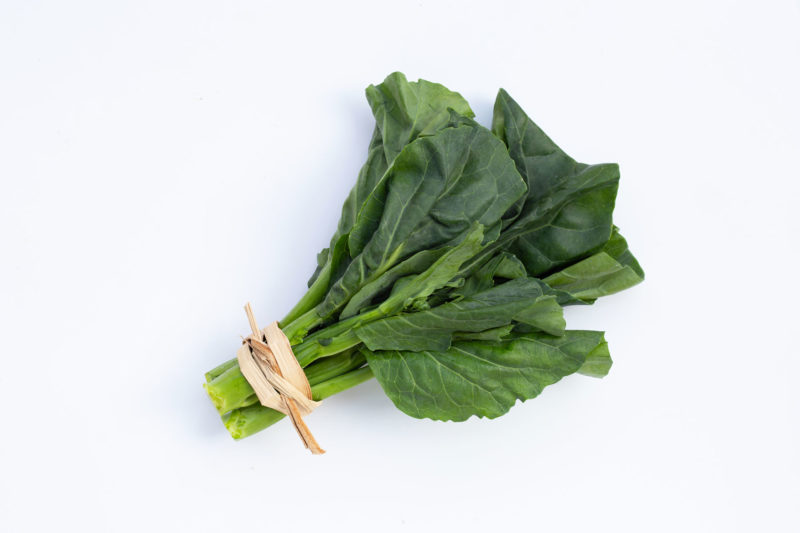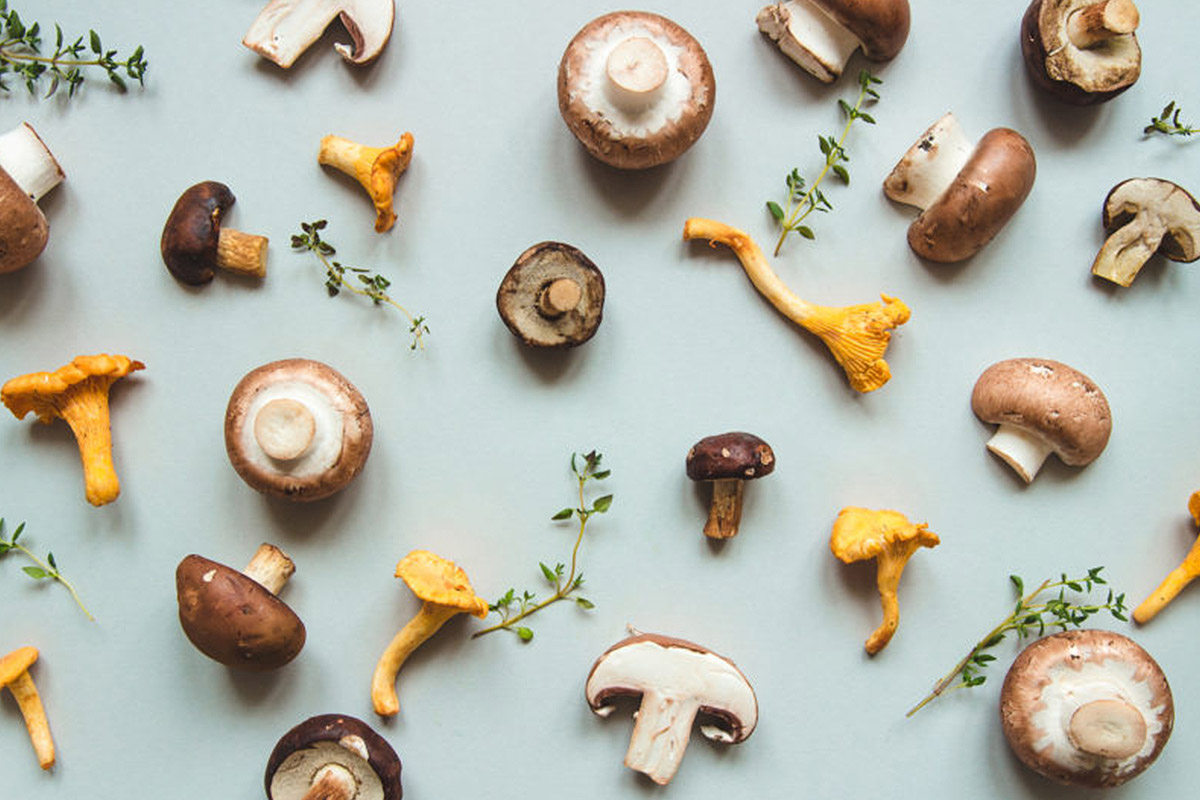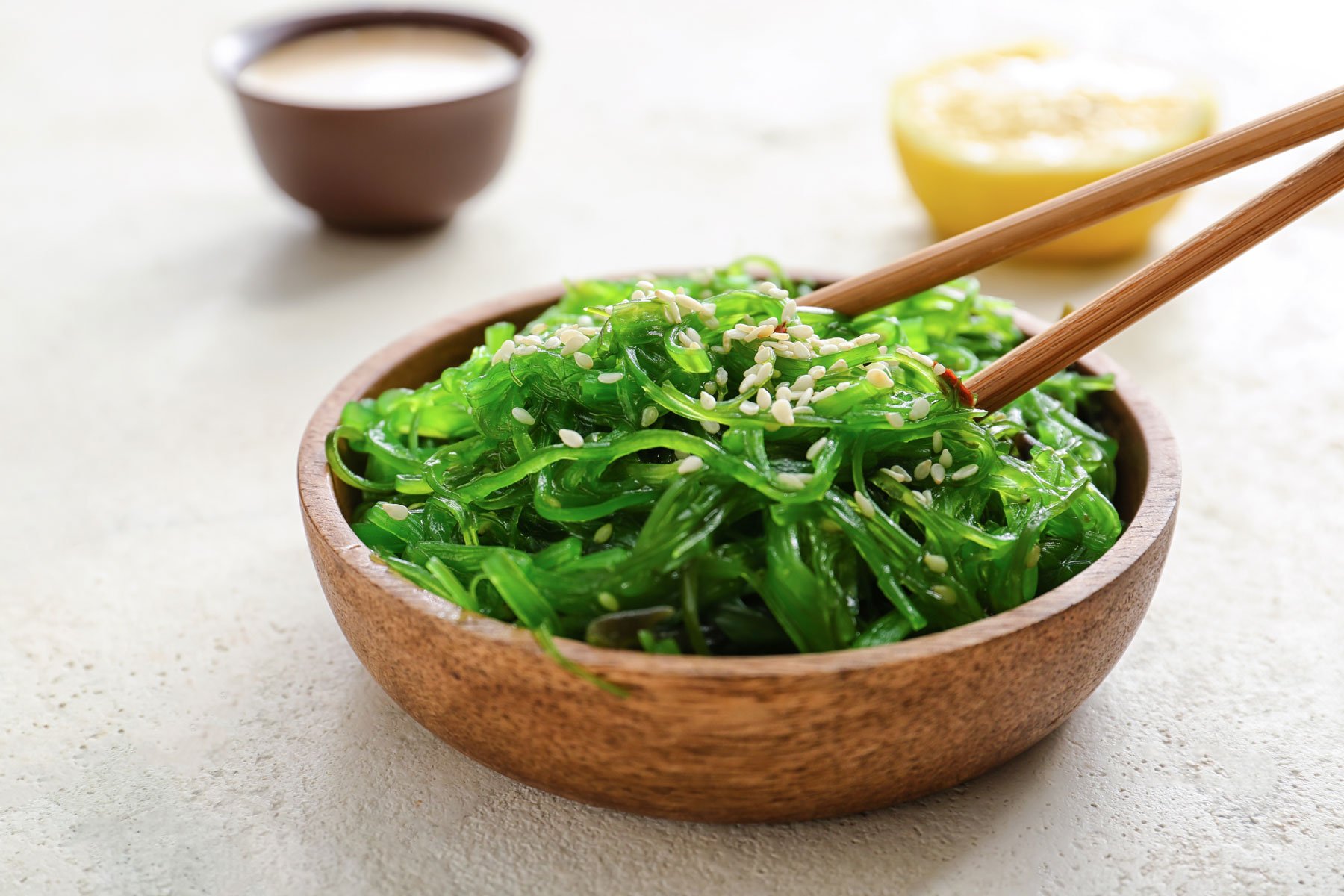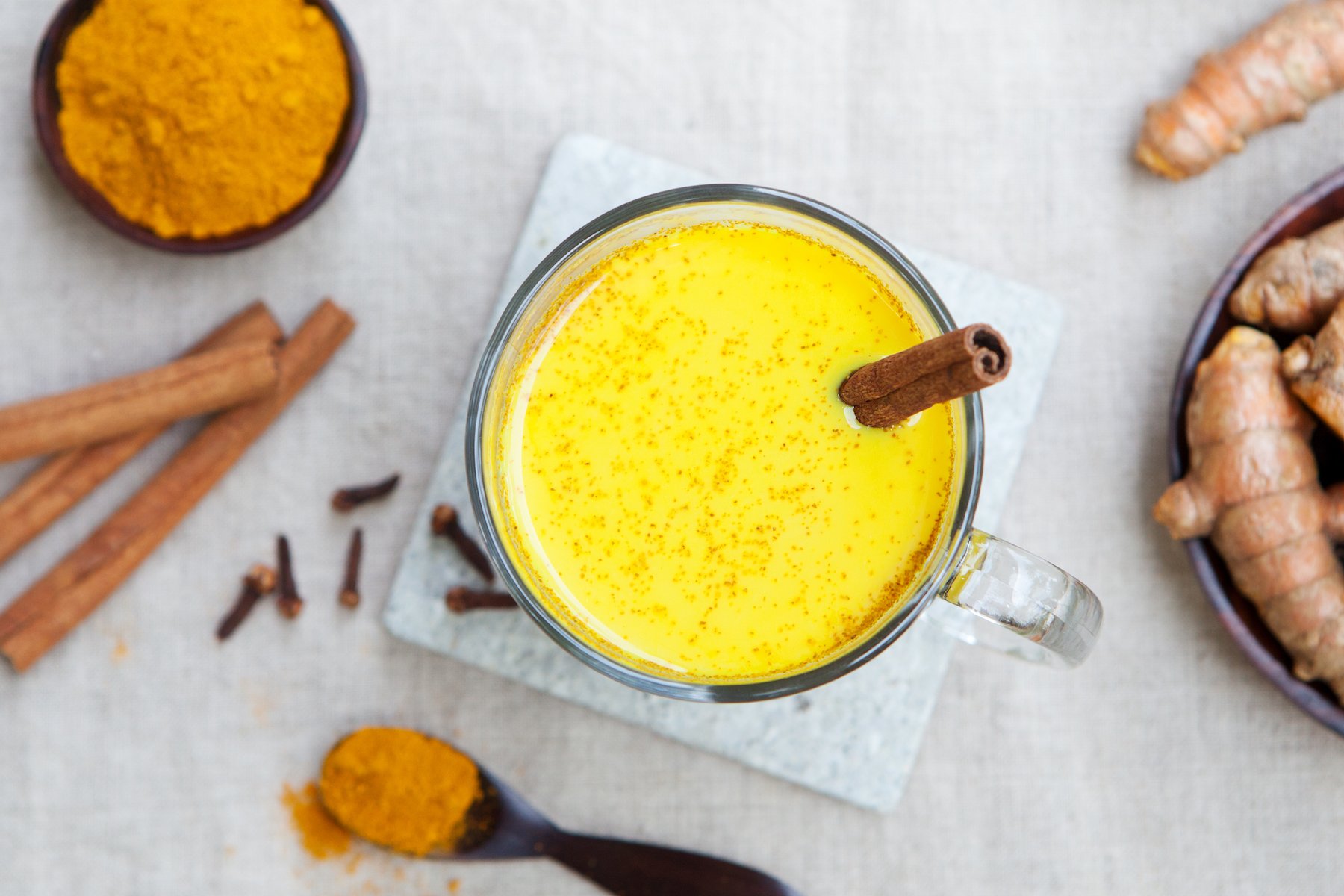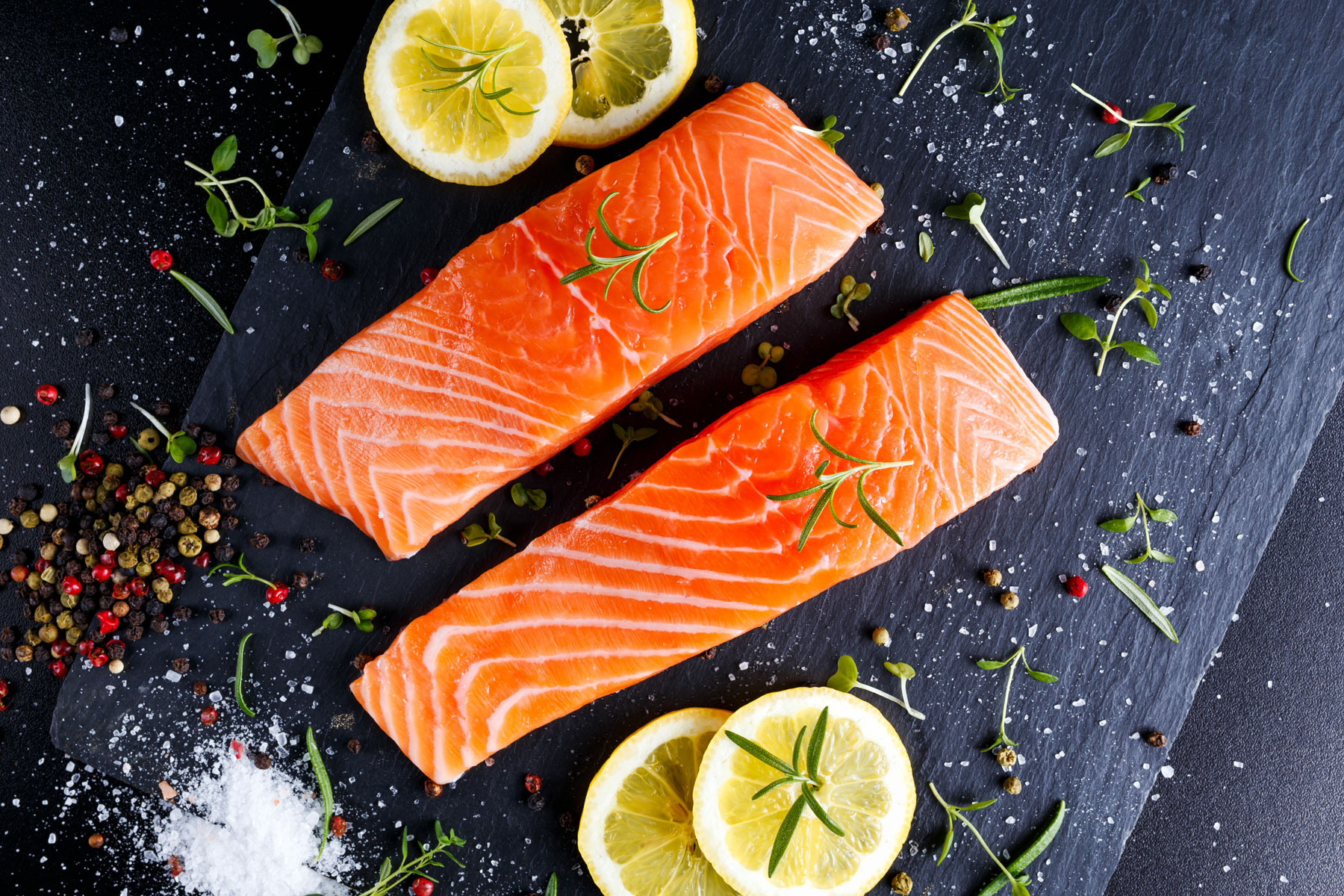Collard Greens Basics
Collard greens tend to get pigeon-holed as a quintessentially Southern side dish, often cooked within an inch of their leafy green life along with a fatty cut of pork and a splash of vinegar. And while this version of collards can be delicious, there are other versions that highlight what a nutrient-dense powerhouse the greens truly are—and their versatility.
Somewhat reminiscent of kale but with broader and smoother leaves, collard greens have a pleasantly bitter, earthy flavor that mellows with cooking. They’re a member of the Brassicaceae or mustard family (collectively known as cruciferous vegetables), which includes other veggies rich in micronutrients such as broccoli, cabbage, kale, and Brussels sprouts (which are, in fact, part of the same species).
Collard greens have just 11.5 calories and 2 grams of carbohydrates per cup of raw, chopped leaves, so they are unlikely to spike blood sugar. They also provide fiber, carotenoid antioxidants (beta-carotene, lutein, zeaxanthin), and significant levels of several micronutrients important for metabolic health: vitamin K (131-174% RDA), vitamin C (14-17% RDA), vitamin A (10-13% RDA), manganese (10-13% RDA), and folate (12% RDA).
Additionally, all Brassicaceae vegetables are known for high levels of beneficial sulfur-containing compounds called glucosinolates, which have long been associated with anti-cancer properties and have more recently been studied for their positive impact on metabolic health.
Collard Greens’ Metabolic Punch
Like other leafy greens, collard greens are a nutrient-rich, non-starchy vegetable that won’t spike your blood sugar. Even better, their broad, flat shape makes them a great stand-in for tortilla wraps and sandwich bread—with a fraction of the carbohydrates. You save about 24 grams of carbohydrates when you swap an 8-inch flour tortilla for a collard leaf wrap. When implemented consistently, low-carb swaps like this may help you maintain stable blood sugar levels and increase LDL cholesterol particle size. (Bigger LDL particles are a good thing since small LDL is associated with a higher risk of cardiovascular disease.)
A high intake of green leafy vegetables, including collard greens, has also been associated with a significantly reduced risk of cardiovascular disease—up to 16% lower, according to a meta-analysis of eight different studies. Researchers suspect this is due, in part, to the ability of leafy greens to bind bile acids—compounds derived from cholesterol in the liver—and aid in their excretion, which can significantly lower cholesterol levels in the body. This research also revealed that the bile acid binding capacity of collards increased after they were steam cooked.
Additionally, collards are a dense source of micronutrients and sulfur compounds that may support metabolic health:
- The beta-carotene in collard greens is converted into active vitamin A in the intestines, as needed. Research suggests vitamin A may contribute to the “browning” of white adipose tissue (WAT) and the maintenance of normal brown adipose tissue (BAT) function. Why does that matter? WAT is the fat associated with obesity, while BAT is metabolically active. When brown fat is activated (typically with cold exposure), it takes up and burns glucose and fatty acids from the bloodstream to generate heat. This, in turn, may help improve insulin sensitivity and triglyceride levels.
- Vitamin C, manganese, lutein, and zeaxanthin have antioxidant activity, meaning they help counteract oxidative stress, or the imbalance between reactive oxygen species (ROS) and antioxidants in the body. This is beneficial for metabolic health since unchecked oxidative stress contributes to cellular damage that may then drive inflammation, insulin resistance, and metabolic dysfunction.
- Collard greens are rich in sulfur-containing compounds called glucosinolates. Upon chewing, glucosinolates are converted into indoles and isothiocyanates (ITCs), including the well-known ITC sulforaphane. Preliminary data suggest ITCs and indoles support metabolic health in several ways, such as promoting the browning of WAT, improving insulin sensitivity, and reducing inflammation. The ability of sulfur compounds to activate key cellular pathways plays a role in their benefits. Specifically, ITCs and indoles have been shown to activate the NRF2 pathway—which includes genes that boost antioxidant defenses—while suppressing NF-κB, a transcription factor that turns on pro-inflammatory genes.
- Collards are loaded with vitamin K, known for its role in blood clotting and bone health. Research also associates higher vitamin K levels with a lower risk of metabolic syndrome. But keep in mind: Vitamin K may interact with blood thinners like warfarin, so ask your doctor how much is safe to consume.
- Folate plays a role in healthy glucose metabolism and in keeping levels of the amino acid homocysteine in check (elevated homocysteine is associated with atherosclerosis and insulin resistance). A cross-sectional study of 1530 adults without diabetes found that higher blood levels of folate were associated with lower insulin resistance; folate supplementation has been shown to decrease fasting glucose and insulin resistance.
Collard Greens Buying Advice
Fresh, whole-leaf collard greens are generally available year-round in most grocery stores, typically located near other leafy greens such as kale, Swiss chard, and bok choy. Look for bunches of dark green leaves with no yellowing or browning, wilting, or slimy spots. While peak collard green season varies by region, they’re a cool-weather crop that’s generally harvested in fall, so that is when you’ll see them at your farmer’s market.
While whole-leaf collard greens are the most versatile, they take more time to clean and prepare. As an alternative, you can find fresh, ready-to-eat, chopped, bagged collard greens from brands such as Nature’s Greens and Glory Foods in addition to store brands. Trader Joe’s also offers a Southern Greens Blend featuring collard greens, mustard greens, turnip greens, and spinach for more nutrient variety and flavor.
For added convenience, if you plan to cook your collard greens or use them in smoothies, consider frozen options—without sauces or additives—from brands such as Woodstock. You can also find canned collard greens, but note they often have high levels of sodium.
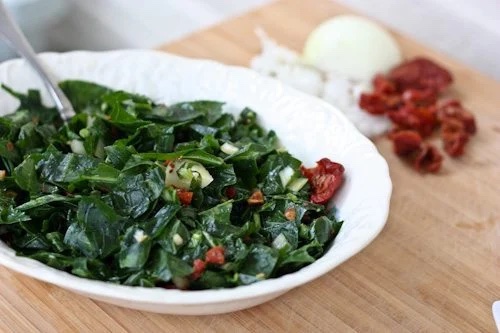
Image courtesy EatBirdFood
Tips for Using Collard Greens
- Don’t wash collard greens until you’re ready to eat them. Instead, place unwashed collard greens in a zip-top bag, squeeze out as much air as possible, seal the bag, and store in the crisper drawer for 5-7 days or blanch and store in the freezer for 10-12 months. Alternatively, if you don’t have a zip-top bag, you can wrap collard leaves in slightly damp (not wet) paper towels and store them in an open or perforated plastic bag in the crisper drawer for 4-5 days — this little bit of moisture keeps collards hydrated and prevents wilting.
- Because collard greens have large leaves, they tend to accumulate more dirt and grit than other greens. Wash them thoroughly before using: First, place your collard greens in a large bowl of cold water with a pinch of salt to aid in dirt removal. Lightly massage the leaves with your hands, then rinse each leaf under cold running water. Repeat this process as needed to remove any remaining dirt.
- Large, sturdy collard green leaves are ideal low-carb wraps for your favorite sandwich, taco, or burrito fixings. You can use them raw, but a quick blanch tenderizes the leaves so they’re extra pliable and easy to chew. Because collard stems are tough, also remove the end stem and carefully run a sharp knife horizontally along the center stem to thin it out (as shown here).
- Chopped collard greens work well for most other raw or cooked applications, including stir-fries, soups, salads, and slaws. To prep, remove the tough center stem by folding leaves in half lengthwise and carefully running your knife along the side of the stem. Then stack the leaves or roll them into a cylinder, and chop to your desired size.
Ideas for Eating Collard Greens
You don’t have to cook collard greens with a ham hock or bacon for delicious flavor. Consider these fresh and tasty takes:
- Collard sandwich wraps. For a sandwich alternative that’s free of refined carbs, first prep whole collard leaves (wash, blanch, trim the stems, and pat dry). Then lay one leaf flat on a cutting board and add your fillings (think: chicken salad; turkey with red onion, cucumber, and hummus; or sauteed veggies with tahini and herbs). Fold in the sides, roll up like a burrito, and slice in half.
- Collard green stir-fry. Hearty collard greens hold up great in veggie stir-fries. Chop leaves into narrow ribbons and sauté with additional veggies, olive oil, garlic, and spices until just tender. Top with a protein of your choice.
- Collard green pesto. Use fresh collard greens or a 50/50 split of collards and basil. Pulse in a food processor with fresh garlic cloves, pine nuts or walnuts, salt, and plenty of quality extra-virgin olive oil.
- Collard green smoothie. If you’re a fan of kale smoothies, try using slightly less bitter fresh or frozen collard greens. This avocado collard green smoothie features collards, an orange, walnuts, chia seeds, lime juice, and avocado for a dose of fiber and healthy fats (omit the honey to avoid a blood sugar spike).
- Crunchy collard chips. For a low-carb, nutrient-dense spin on chips, tear fresh collard leaves into 3-inch pieces, drizzle with olive or avocado oil, season with salt and red pepper flakes, and bake on a sheet pan at 300F until crispy (about 15 minutes).
- Massaged collard green salad. Collard greens are relatively fibrous. To tenderize leaves so they’re salad-ready, follow the basic steps in this recipe: Massage chopped collards with olive oil and salt until well coated, then drizzle with an apple cider vinaigrette and let sit in the refrigerator for at least 3-4 hours. To serve, add any salad fixings and enjoy.
- Collard green slaw. Chop collard leaves into narrow ribbons, combine with additional veggies such as chopped purple cabbage and julienned carrots, then toss in a low-sugar dressing for vibrant, hearty coleslaw.
- Southern collard greens. Finally, if you want an alternative take on that traditional bitter, tangy, and savory dish, try this recipe that swaps out pork in favor of a smoked turkey leg, or opt for this completely plant-based option.
